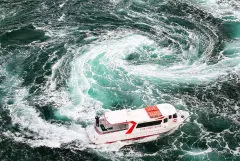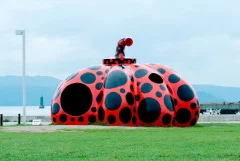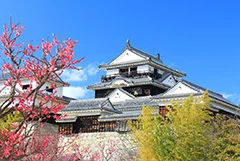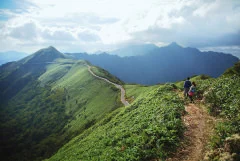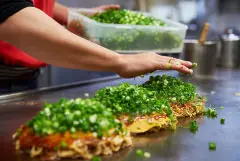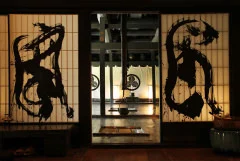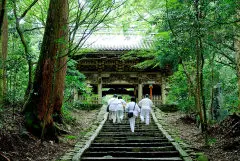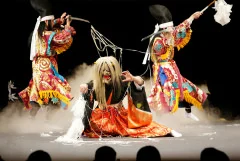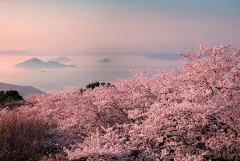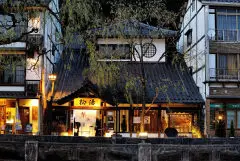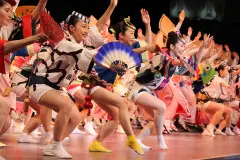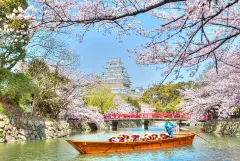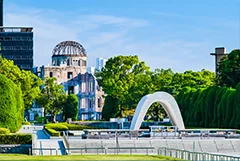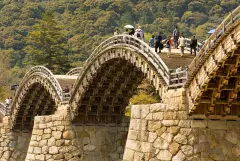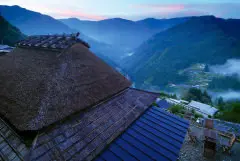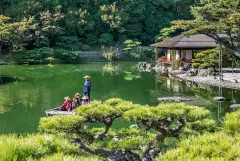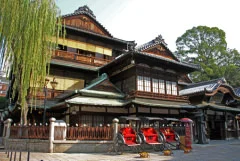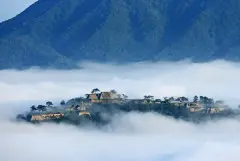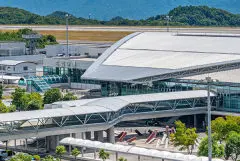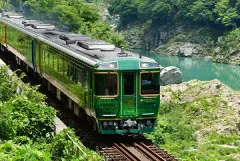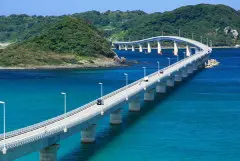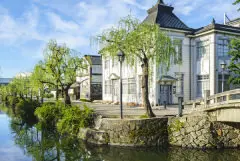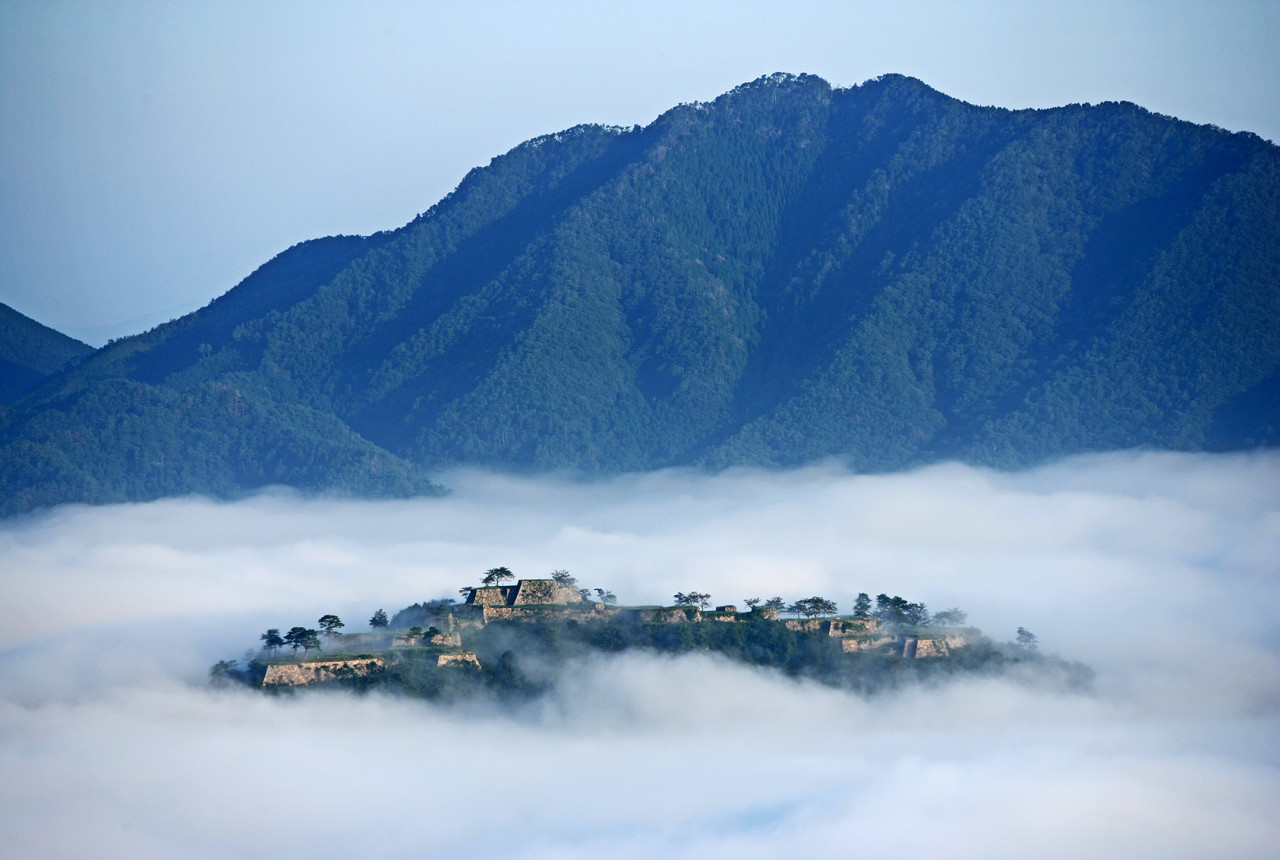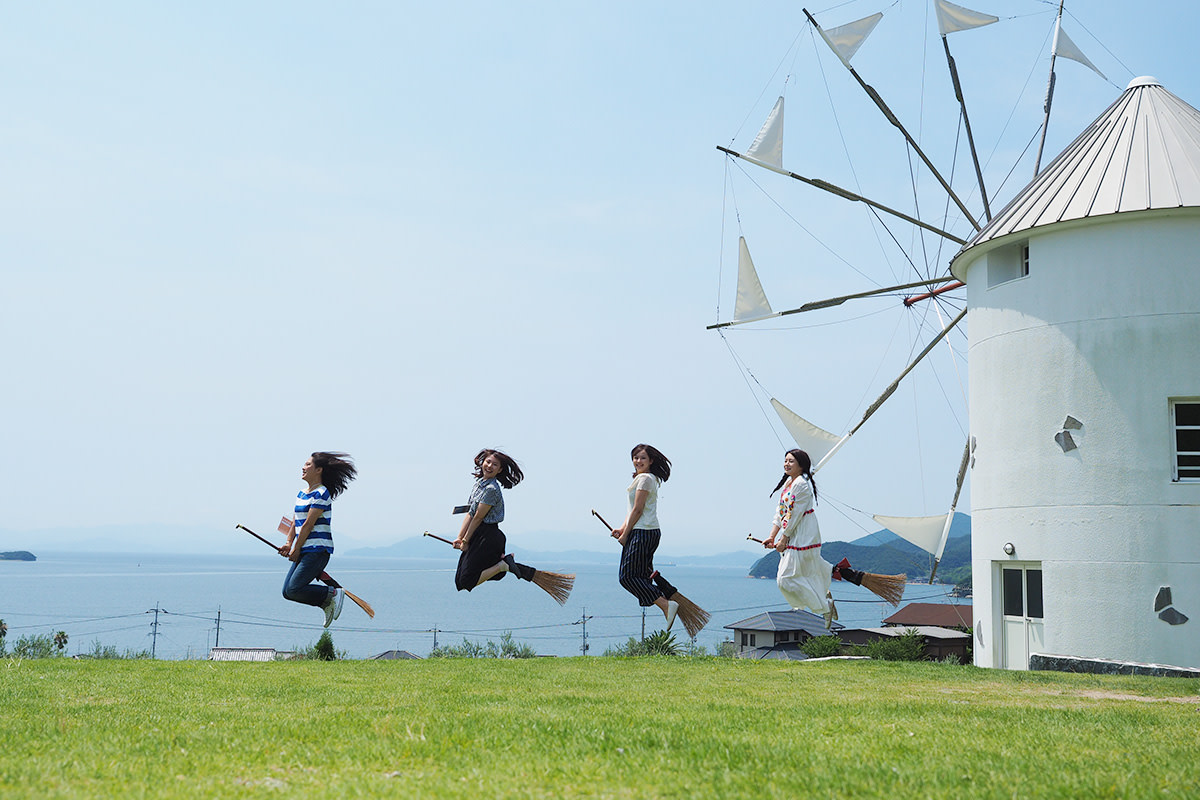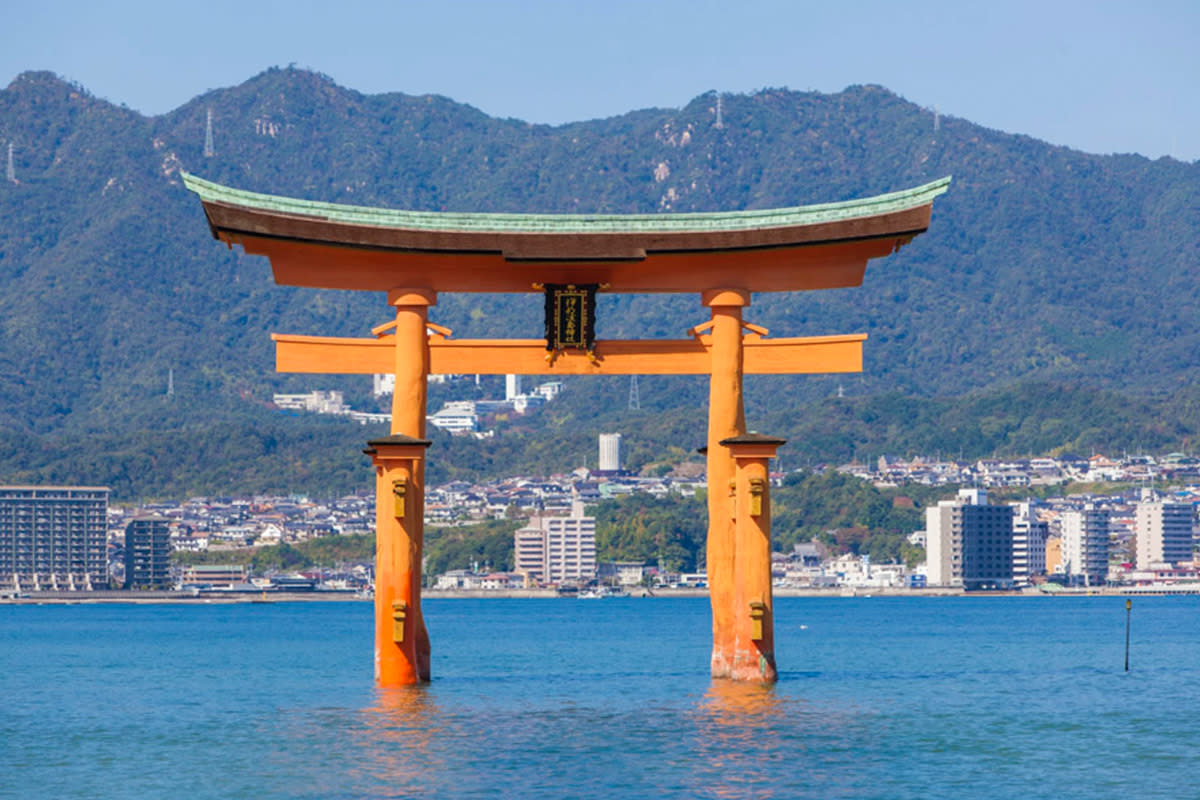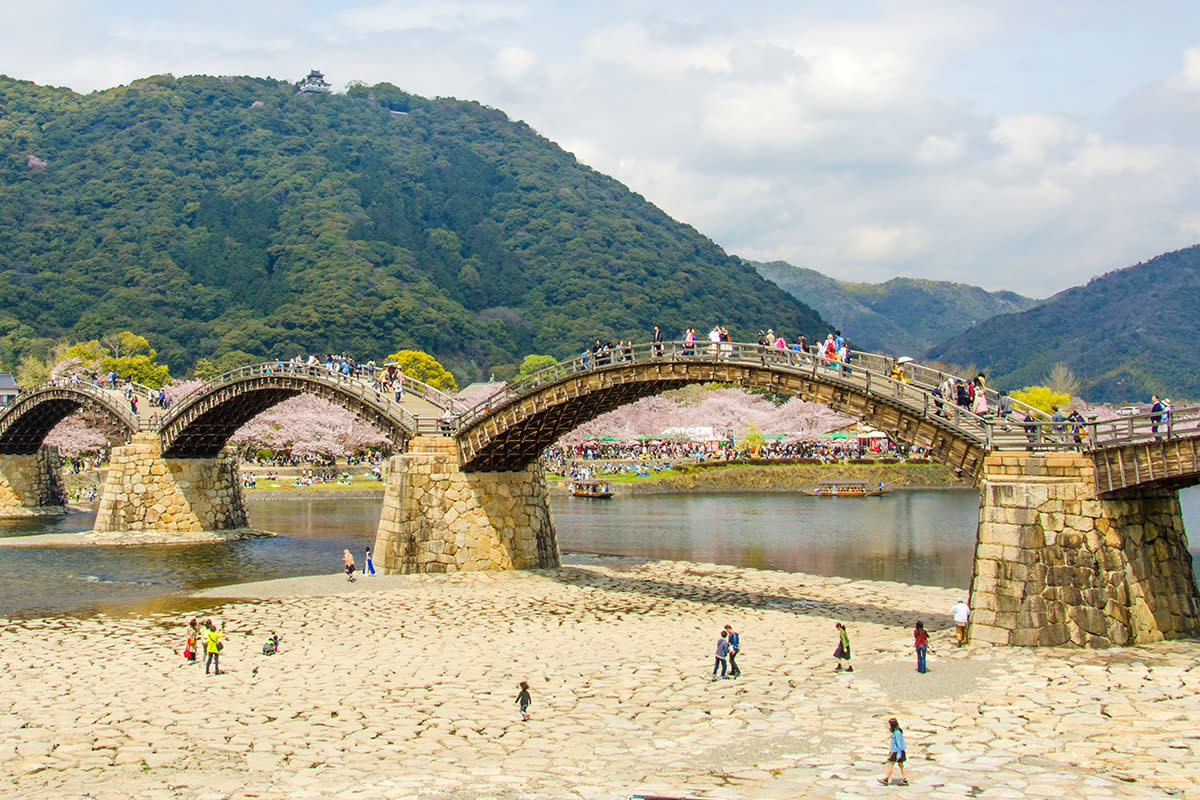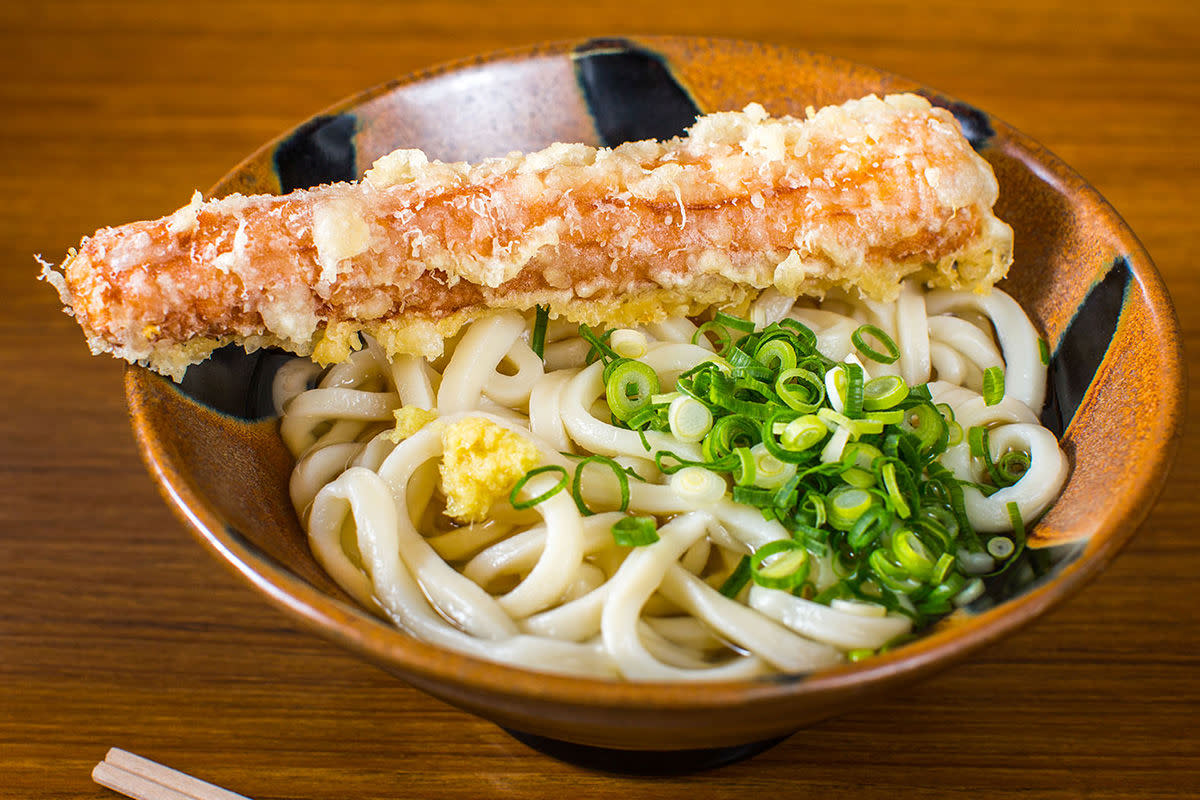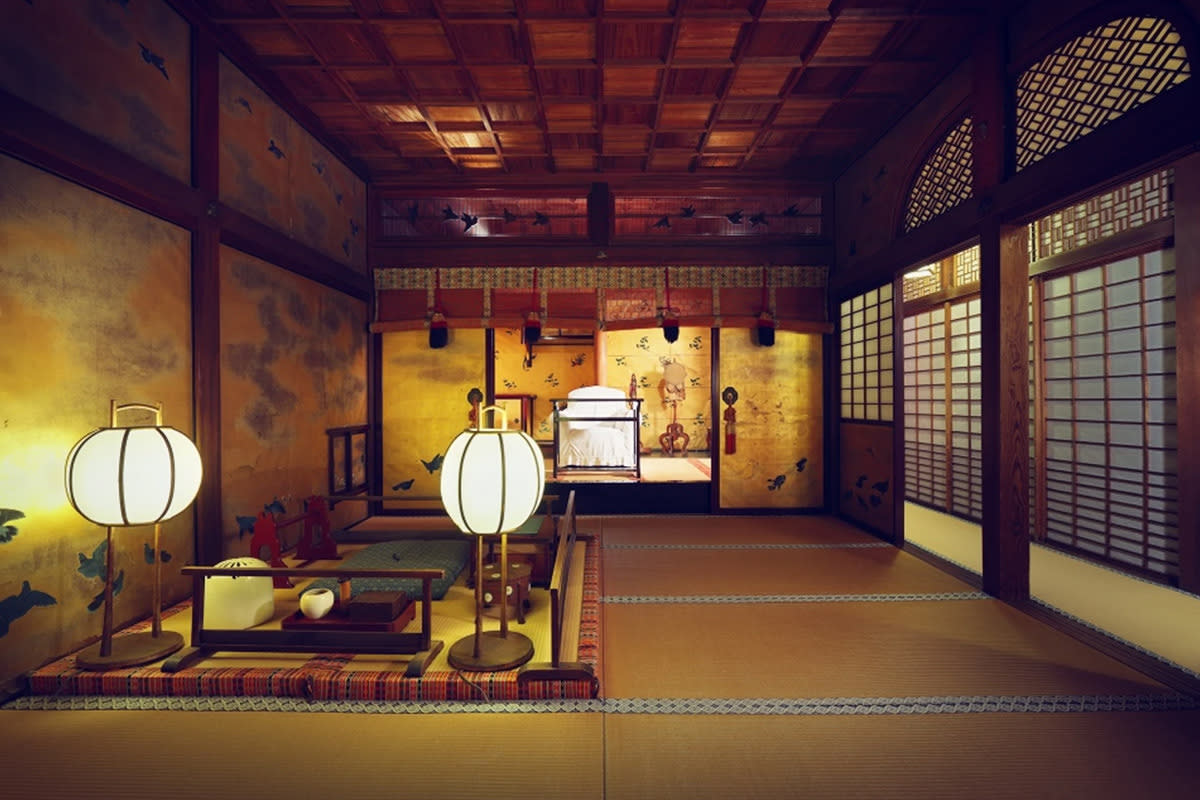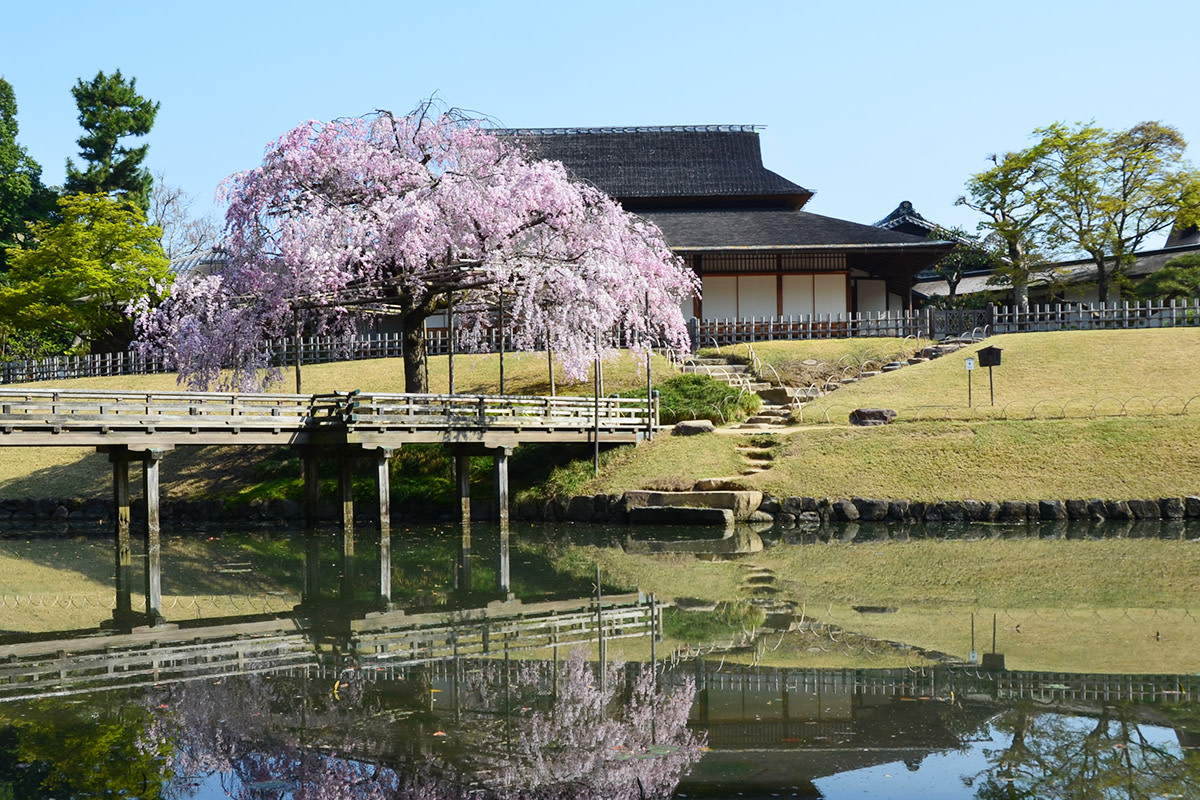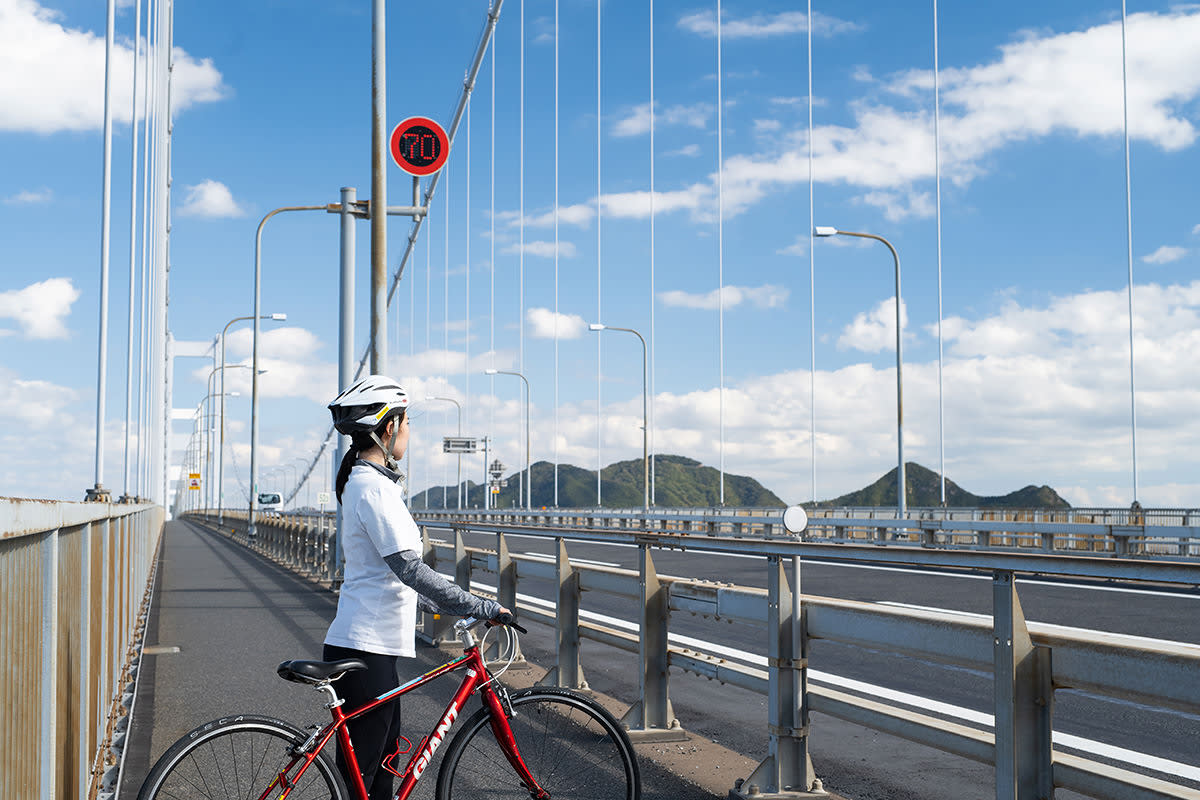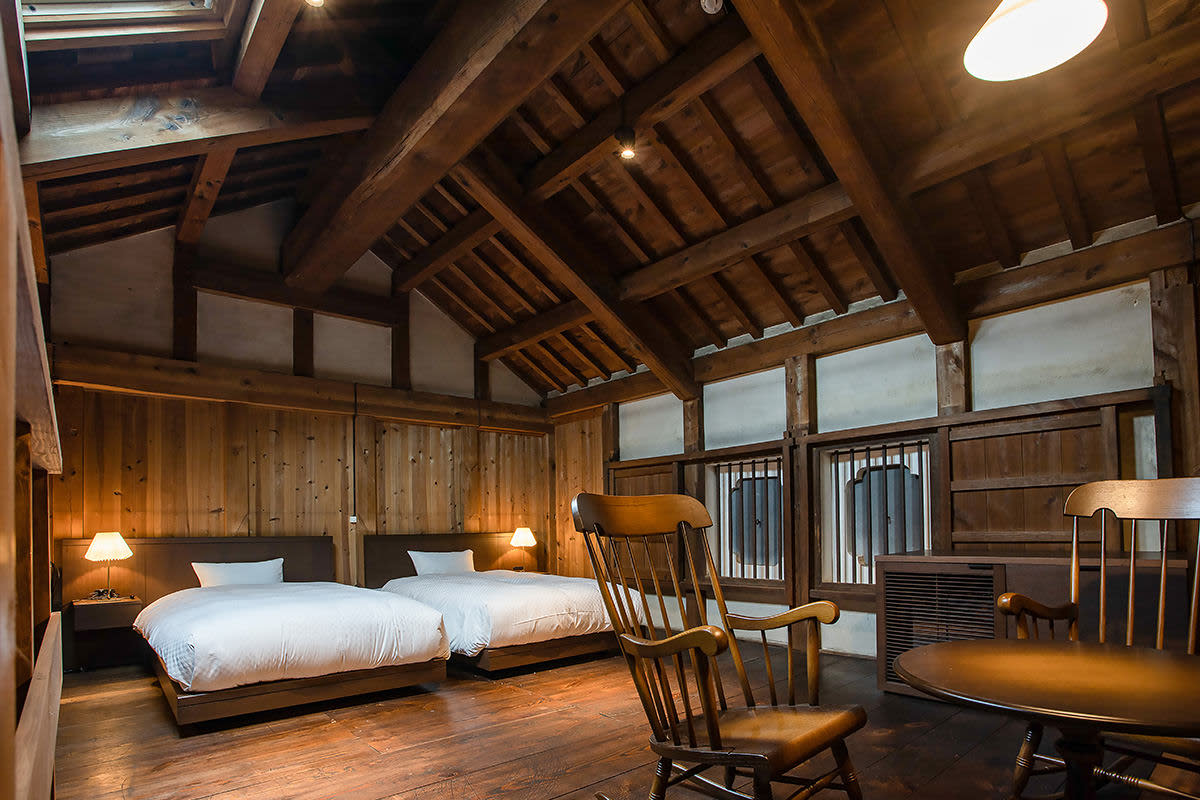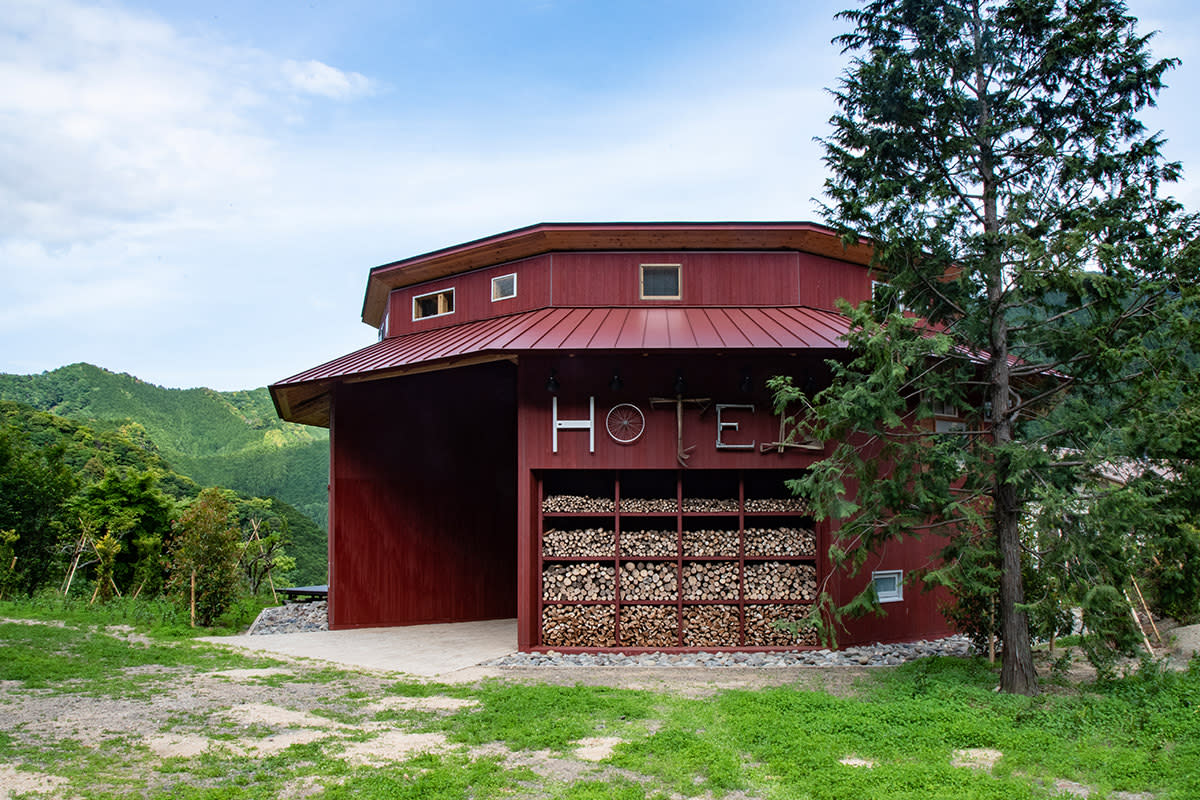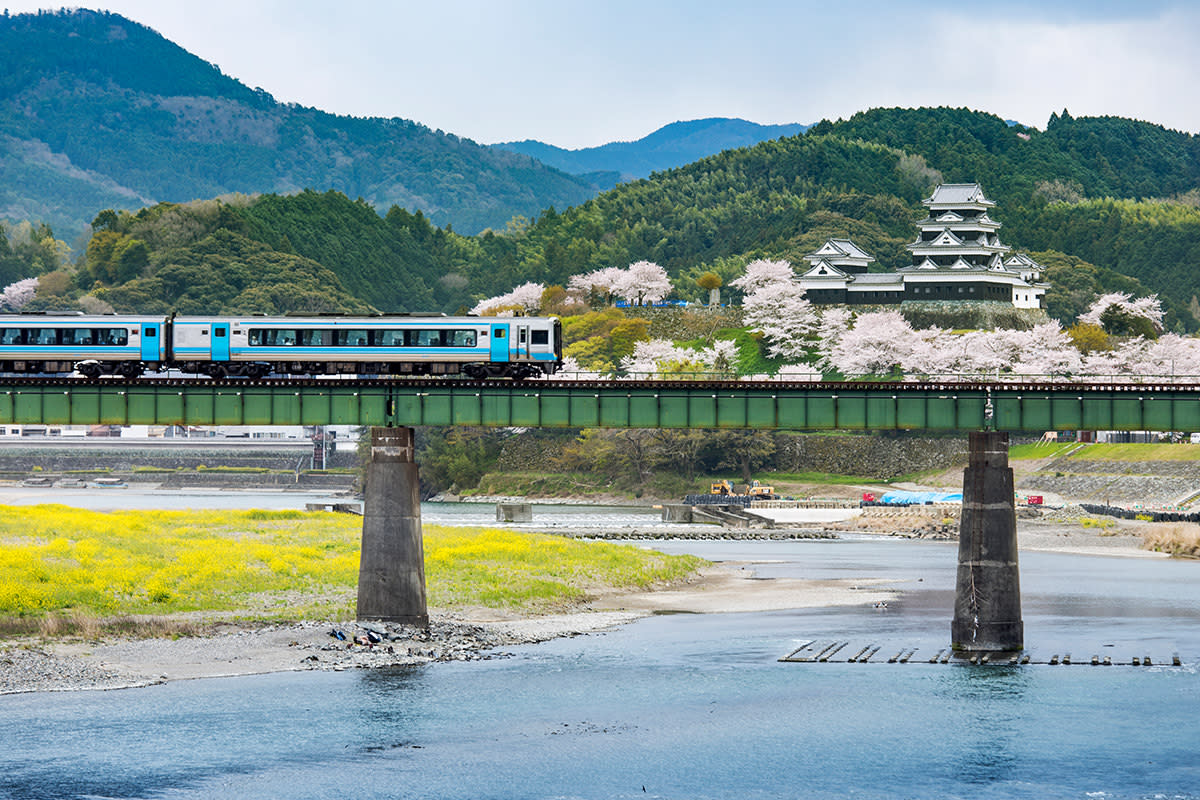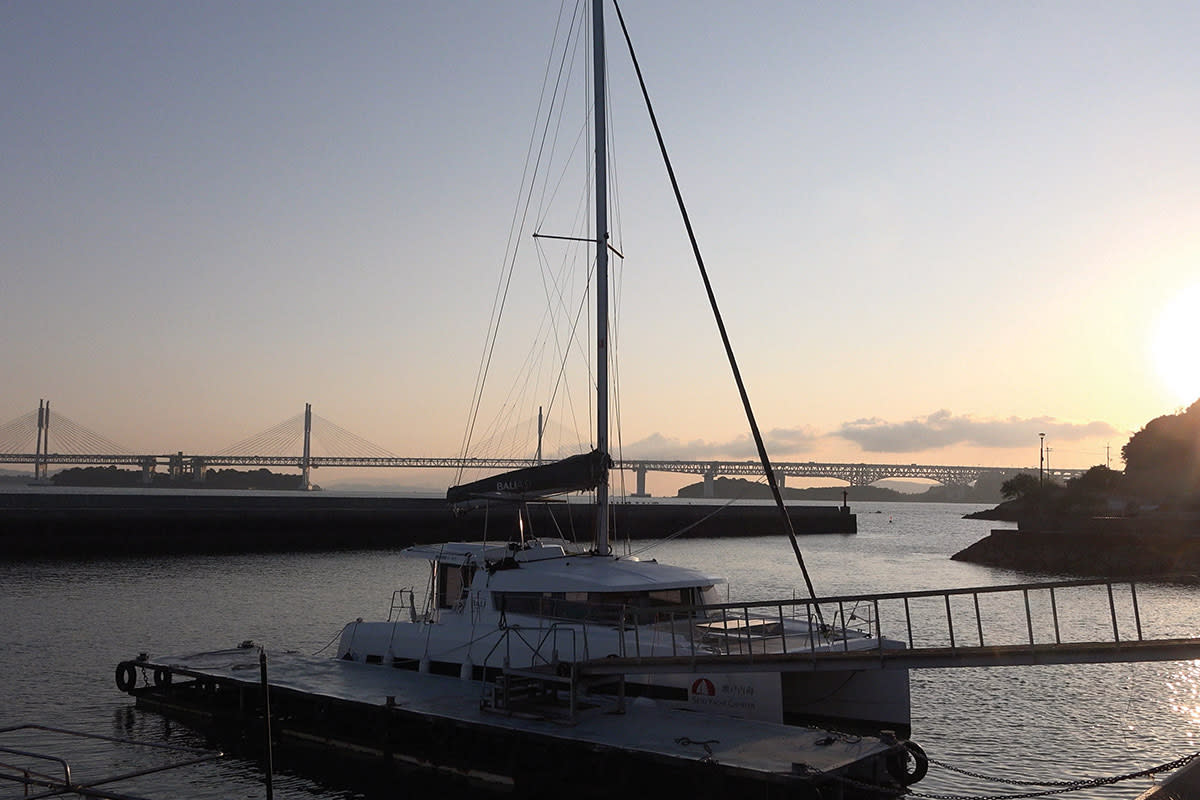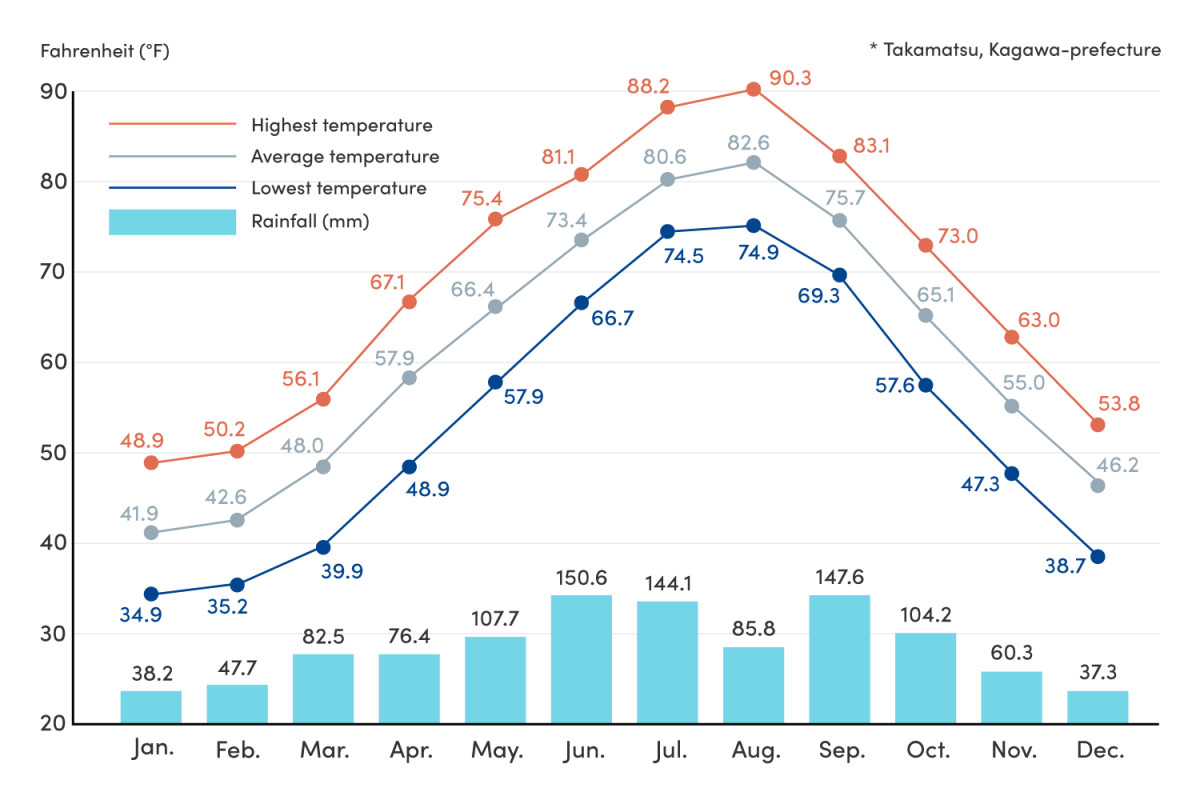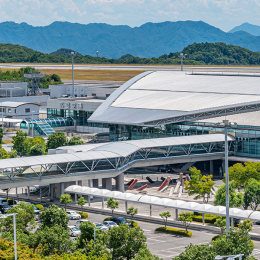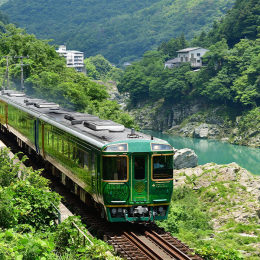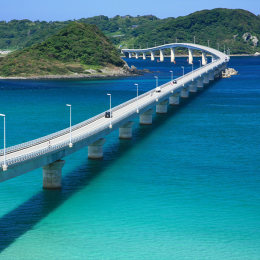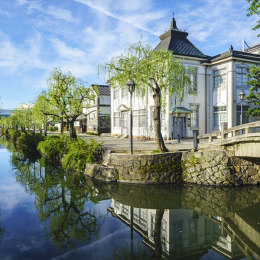PLAN YOUR TRIP
For First-Time Visitors
Be inspired by Setouchi: when to visit, how to get here, and how to make the most of your trip.
Discover the Charms of Setouchi
Seven diverse prefectures surround the Seto Inland Sea, which is dotted with over 700 islands. It’s an area rich in history and natural beauty, with World Heritage sites, Japan’s largest national park, delicious seafood, renowned sake, and varieties of citrus fruits. Visit islands dedicated to art, ride the breathtaking Shimanami Kaido cycling road, visit World Heritage castles, shrines, and historical sites, explore rugged mountains and mysterious valleys, and take in coastal views and charming townscapes. Setouchi offers unforgettable experiences and destinations, united by the beauty of the Seto Inland Sea.
Setouchi Destinations
Setouchi is comprised of seven distinct prefectures around the Seto Inland Sea. Dine on Kobe beef, relax in hot springs, and visit Himeji Castle in Hyogo. Tour the historical Kurashiki merchant town and stroll through a daimyo garden in Okayama. Try delicious oysters, and visit Itsukushima Shrine in Hiroshima. Taste delicate fugu (puffer fish) and cross the beautiful Kintaikyo Bridge in Yamaguchi. See the mysterious whirlpools and the famous Awa dance in Tokushima. Dine on udon noodles and cruise art islands in Kagawa. Pick delicious citrus fruits and relax in ancient hot springs in Ehime.
Four Seasons in Setouchi
Each season brings new ways to enjoy Setouchi. Enjoy spring’s new growth and colorful blooms in parks and gardens, including cherry blossoms around Tsuyama City in Okayama, Shiyudeyama in Kagawa, and Kintaikyo Bridge in Yamaguchi. Enjoy cycling, cruising, and island hopping in summer, with evening fireworks and colorful festivals such as Tokushima’s Awa Dance Festival. Autumn is ideal for hiking, as fall foliage colors the mountains across the Setouchi area. Winter is the season for bountiful seafood from the Seto Inland Sea, from plump oysters in Hiroshima to delicate fugu (puffer fish) in Yamaguchi. Sake production at the many sake breweries is at its peak in winter, and is the perfect pairing for delicious seafood.
Stay in Setouchi
Enjoy international hotels and hot spring resorts, traditional and modern ryokan inns, sustainable boutique hotels, restored merchant houses, and even seaside glamping escapes across Setouchi. There are bike-friendly accommodations along the Shimanami Kaido cycling route from Onomichi to Imabari. Small luxury hotels and auberges give guests a taste of local life on Naoshima, Teshima, and other islands. You can even spend a night in a castle in Ehime. Find a wide range of accommodation styles to suit your style as you explore Setouchi.
Transportation
Setouchi is connected to Japan’s other major cities by air, road, and rail. Each of the seven prefectures in Setouchi has a domestic airport with connections to international airports in Osaka and Tokyo, and other airports in Japan. Read our Getting Around Setouchi guide for information on transport in Setouchi, including discount passes. Most of Setouchi is covered by the Japan Rail Pass or the JR Setouchi Area Pass, which includes some bus and ferry services. Tokushima, Kagawa, and Ehime are connected to the mainland by bus and ferry. Read our Getting to Setouchi guide for more information.
Climate
Setouchi enjoys a mild climate year-round, with four distinct seasons. Summers can be hot and humid, with temperatures at their highest in August. Stay hydrated while sightseeing, and wear light layers. Winters are generally mild, but it sometimes snows in the mountains in January and February, so be sure to pack warm clothing. Like much of Japan, Setouchi has a rainy season in June that lasts a few weeks. Spring and fall are the most comfortable times for sightseeing.
Travel Tips
Learn about Setouchi and its diverse prefectures around the Seto Inland Sea. Read tips on when to visit, what to do, how to get around, and where to stay.

